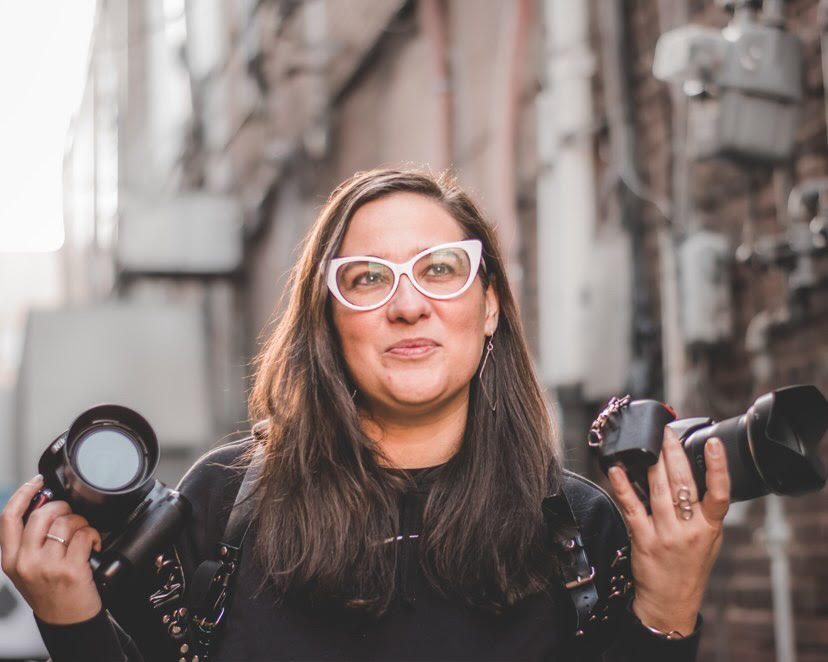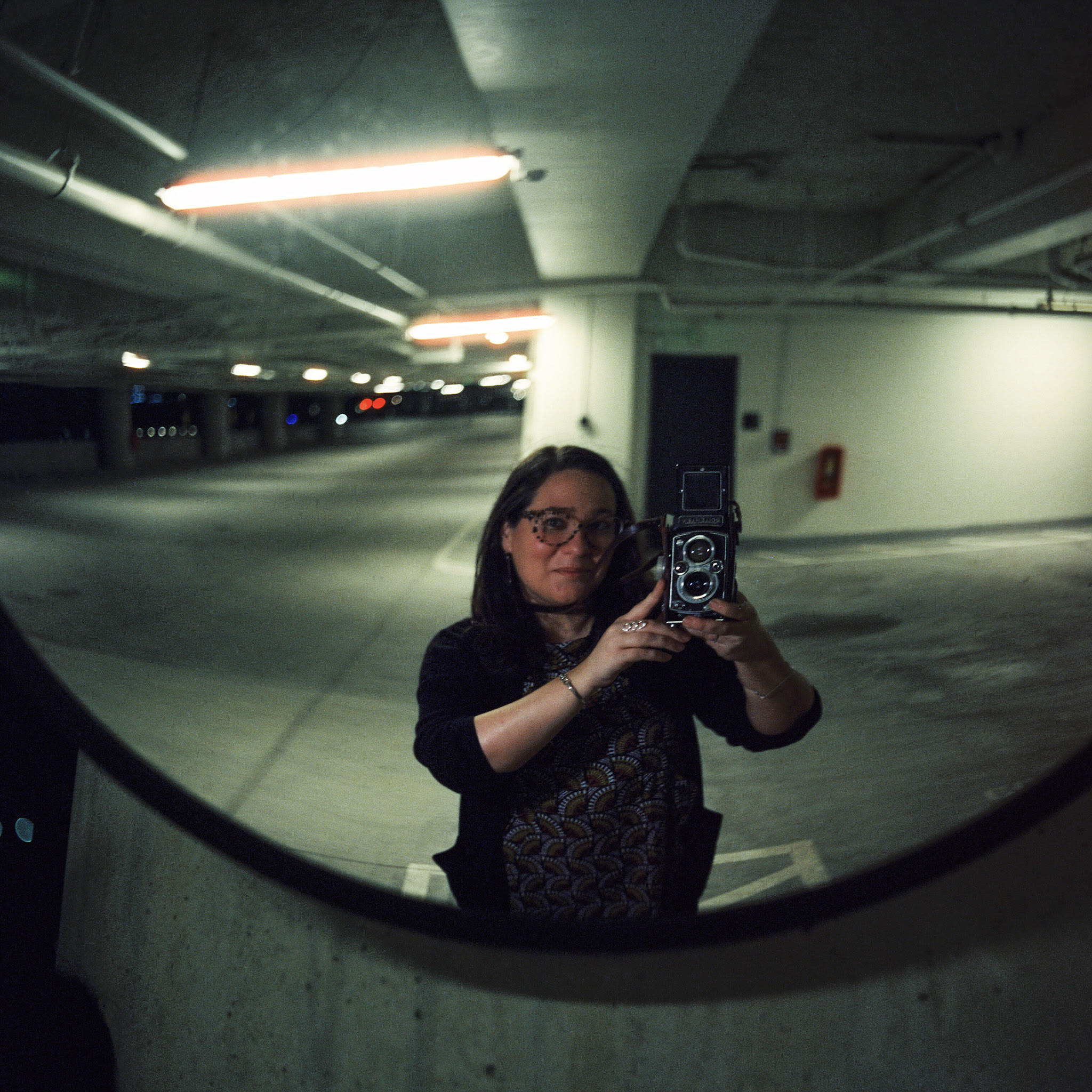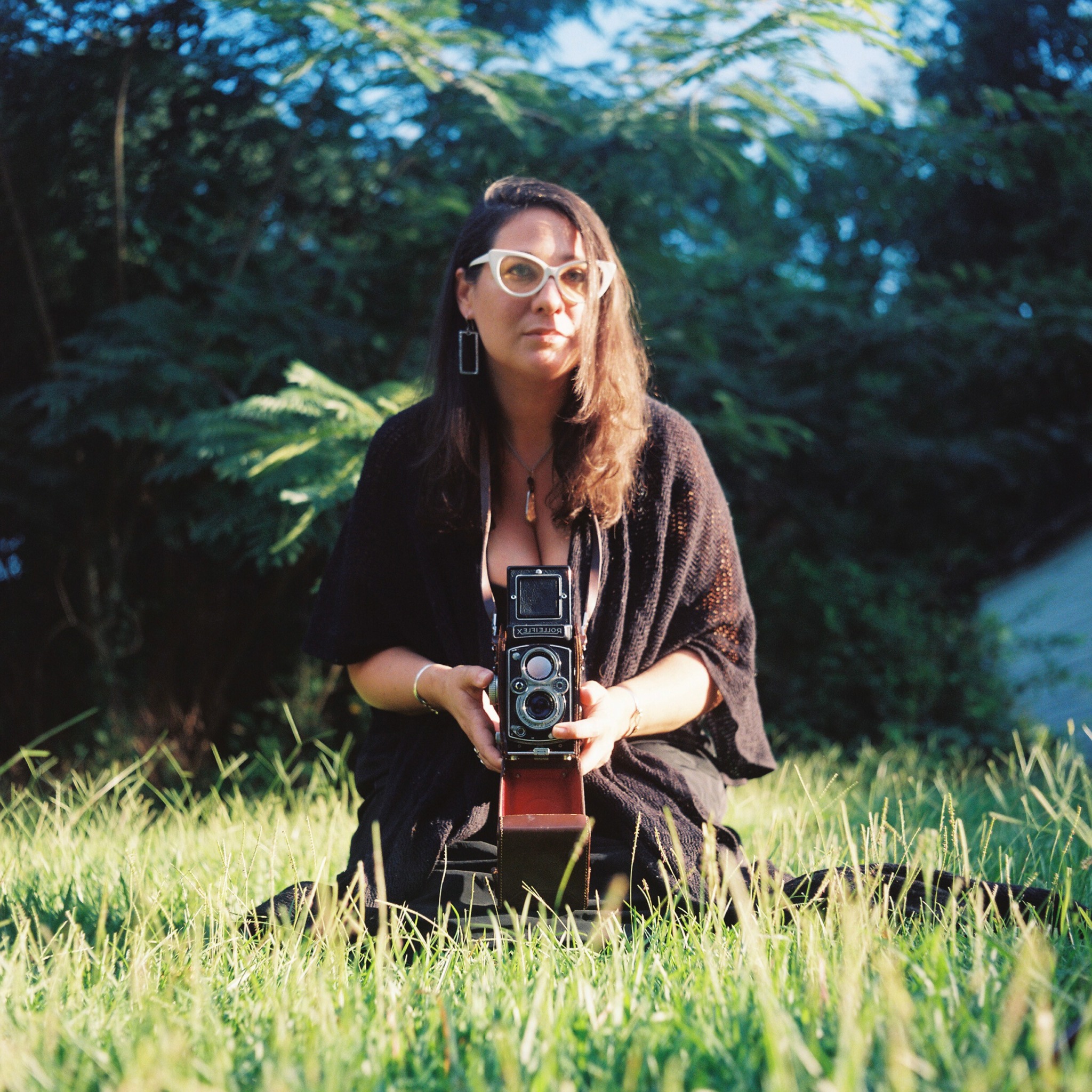We caught up with the brilliant and insightful Stephanie Hanlon a few weeks ago and have shared our conversation below.
Stephanie, thanks for taking the time to share your stories with us today What’s been the most meaningful project you’ve worked on?
For the past couple of years I’ve been working on a series of family portraits and candids on my film Rolleiflex. It started when my 12 year old daughter started going through some struggles. It was a scary time as a parent because you don’t want to see your children suffer and I felt powerless. So I began to notice more articles about the state of families, children and parents in America, in an effort to understand our own situation better. Headlines highlighted a loneliness epidemic, alarming rise in suicides in young people, more demand for psychiatric medications and therapy, alarming rises in school shootings, declining birth rates, and so much more. This caused me to look at my own family dynamic and what could be contributing to this crisis. For us, I’m a single mother with minimal, we don’t live near any family and we don’t have an extensive support system. We are on an island of sorts and while well meaning, our government support system was a cold and dry supplement to what should be provided by loving family and friends. This caused me to look at broader trends, particularly of life in suburbia, where we’ve constructed towns meant for driving to stores and home and with no social spaces. The rise in remote work and ease of travel means people aren’t living near family as often as they may have in previous generations. People are working more, gathering less, on technology more. We’re more isolated than we’ve ever been in our history as a species, and I suspect this is why our children are in crisis. So I began to talk to other families around Atlanta and every single one of them, whether they were a single family household or a partnered one, felt the impact of this isolation. Add to that many adults aren’t having children anymore and many establishments have created rules around having children in attendance, and culturally people express increasing annoyance at the presence of children. Kids don’t play outside anymore and when they do people complain about the noise they make. And many parents feel isolated from society and unsupported. I wanted to capture the incredible bravery and strength I see from so many parents, as they navigate what feels like an impossible situation. I asked the question, If they say it takes a village to raise a child, what happens when there are no villages? Humans used to have cohesive social structures where entire communities participated and took some responsibility for raising the next generation. But our society has become so individualistic no one sees the personal benefit in looking out for others. Even though these children will be our future leaders and taxpayers. Our children are bombarded daily with hate, negativity and inappropriate images, as well as unhealthy food and environments – and as a parent it feels like we’re trying to mop up an ocean. So I imagined what a modern family portrait would look like, taking into account the current situation. I asked the adults to show their strength, all they have to muster to be the best they can be, and I asked the children to do what they felt like doing, to move whatever parts of their bodies they felt compelled to move. I then took long exposures to capture the reality of a moment as a modern family. The results illustrate the parents at the center of a chaotic storm, holding it together but still uncertain if the storm will settle. So while this project is about families in particular, it’s really commentary on all of humanity, and calls attention to the consequences of living in an overly individualistic society which in the end actually doesn’t even benefit the individual. We all need each other.
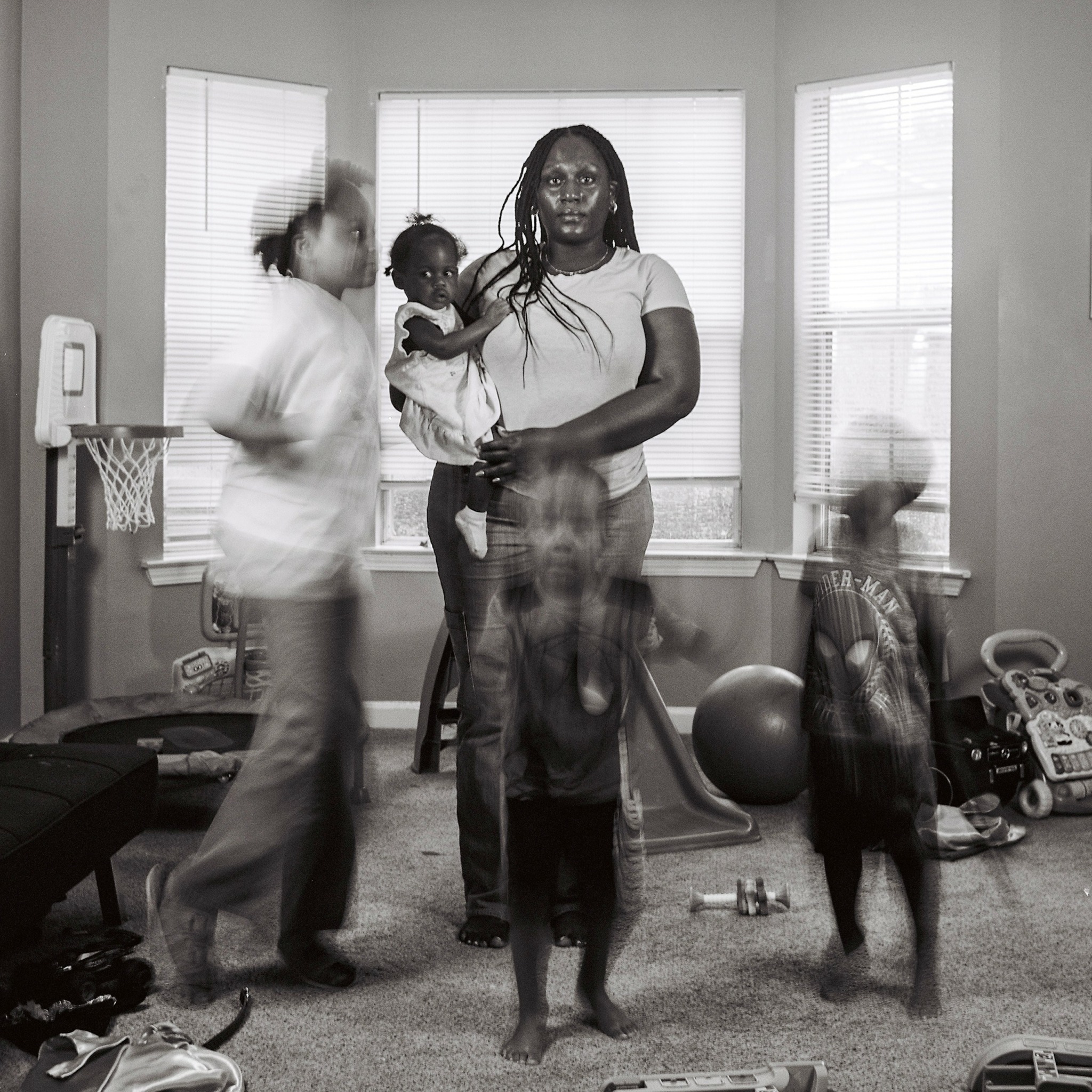
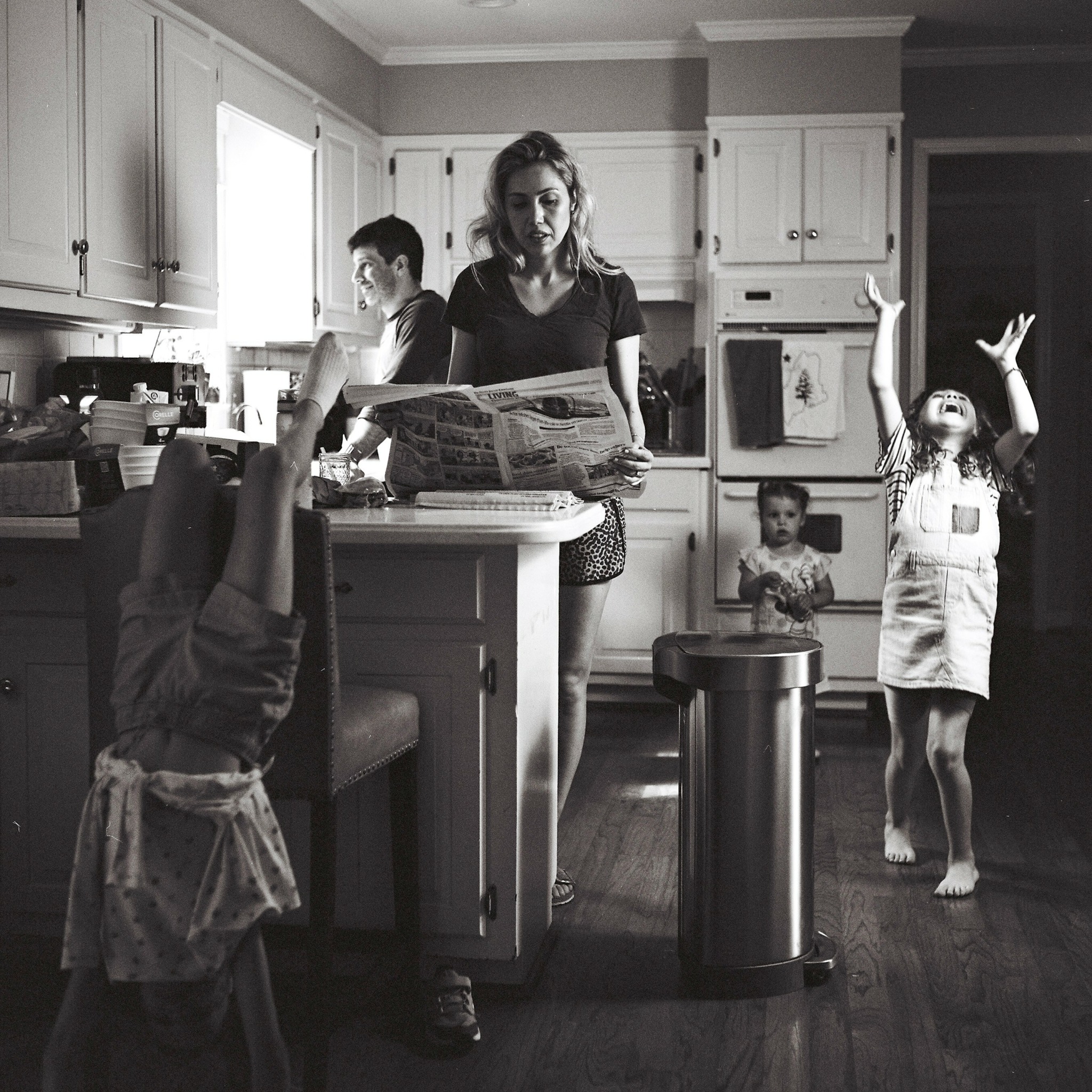
Awesome – so before we get into the rest of our questions, can you briefly introduce yourself to our readers.
I’m an artist, first and foremost. I often am utilizing photography, but I also write, draw and do design. Most people know me as a photographer who shoots in both digital and film. I primarily engage in fine art photography, working on series that tell a story, showing in galleries and in publications. But I will sometimes do commissions and photograph events when clients are looking for something a bit different and more artistic than standard portraits. In fact, the only way I will agree to do paid work is under the condition that I have artistic freedom. So many of my clients come to me because they like my style and want something that captures something deeper about the subject, less focus on perfection and more focus on meaning. This creative practice is informed by more than a decade as a photojournalist and more than two decades in media. I’ve been creating art and telling stories ever since I first discovered poetry around 12 years old. And since my father was a professional photographer and musician, I grew up in a very artistic environment and learned to use a variety of mediums to express myself. My real talent, I believe, is my sensitivity to the world around me and my ability to feel the pain and love of the world in a way that is at times overwhelming – and I express that with whichever medium is most appropriate for the situation. My favorite tool and medium at the moment is a fully mechanical Rolleiflex, it’s a medium format film camera built in the 1950s. It produces better images than any digital camera on the market, my opinion of course!
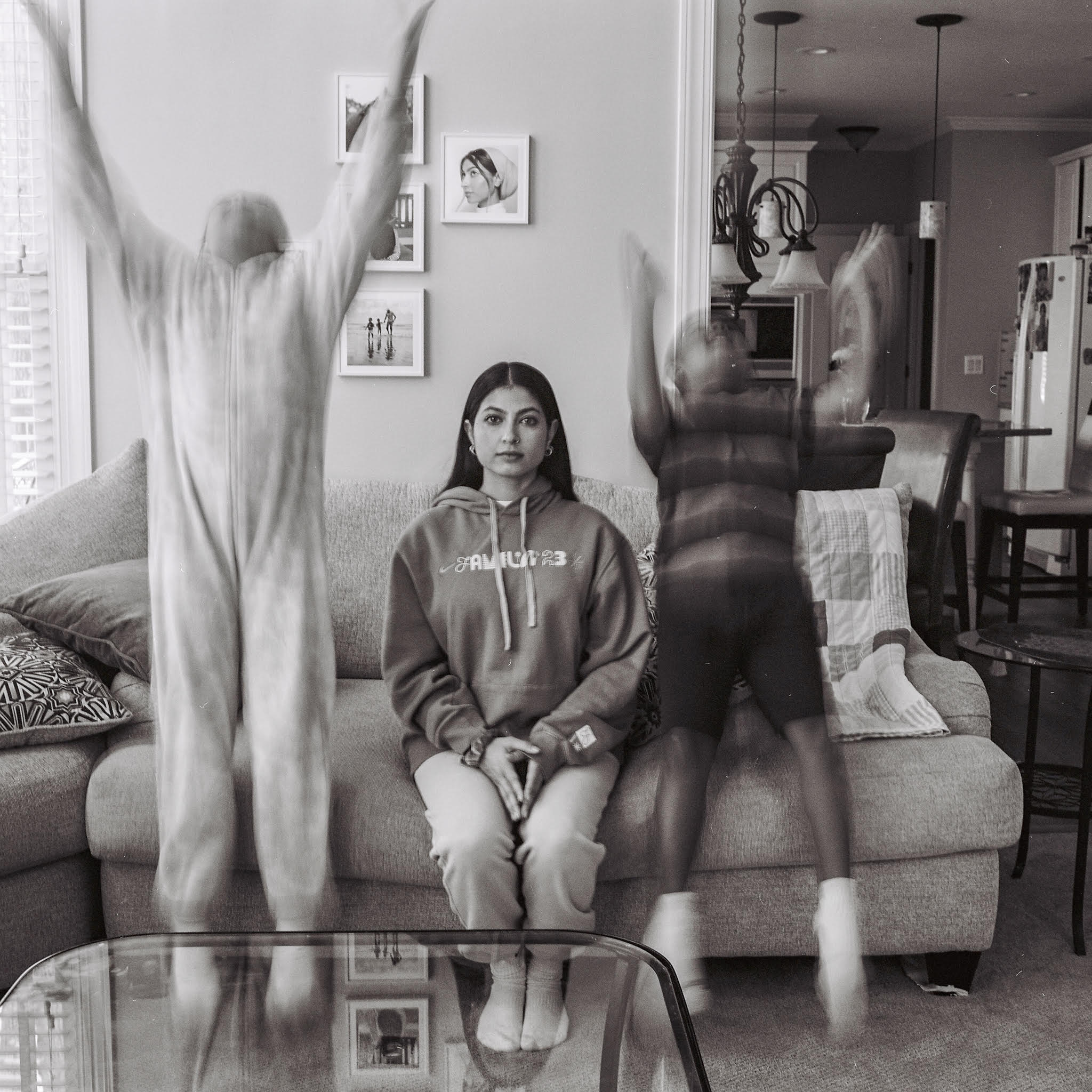
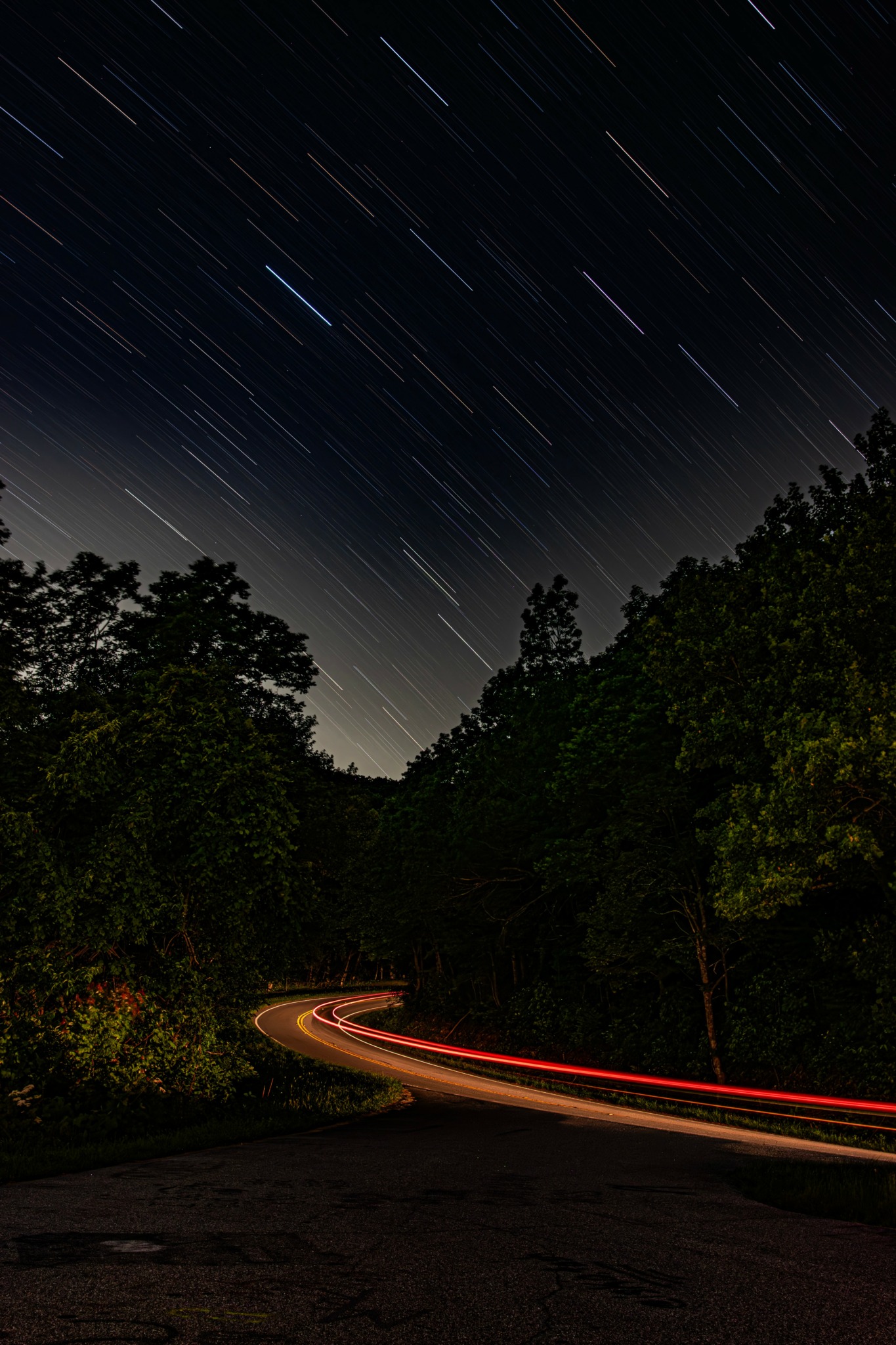
What can society do to ensure an environment that’s helpful to artists and creatives?
I believe there should be more public funding for the arts. Artists are often the culture bearers, preservers and growers – and to me this is an essential aspect of human society. Without enough arts we face depression, anger and a whole host of other negative emotional impacts, which trickles down to all of society. Artists shouldn’t have to work so hard to fund their practices, there should be more opportunities for artists to create without having to think about sales. On a more personal level though, people should buy more art, and if they can’t afford to, they can like and comment on an artist’s work on social media, or even better share their posts to help promote them. There is support at every level that can make a big difference for artists.
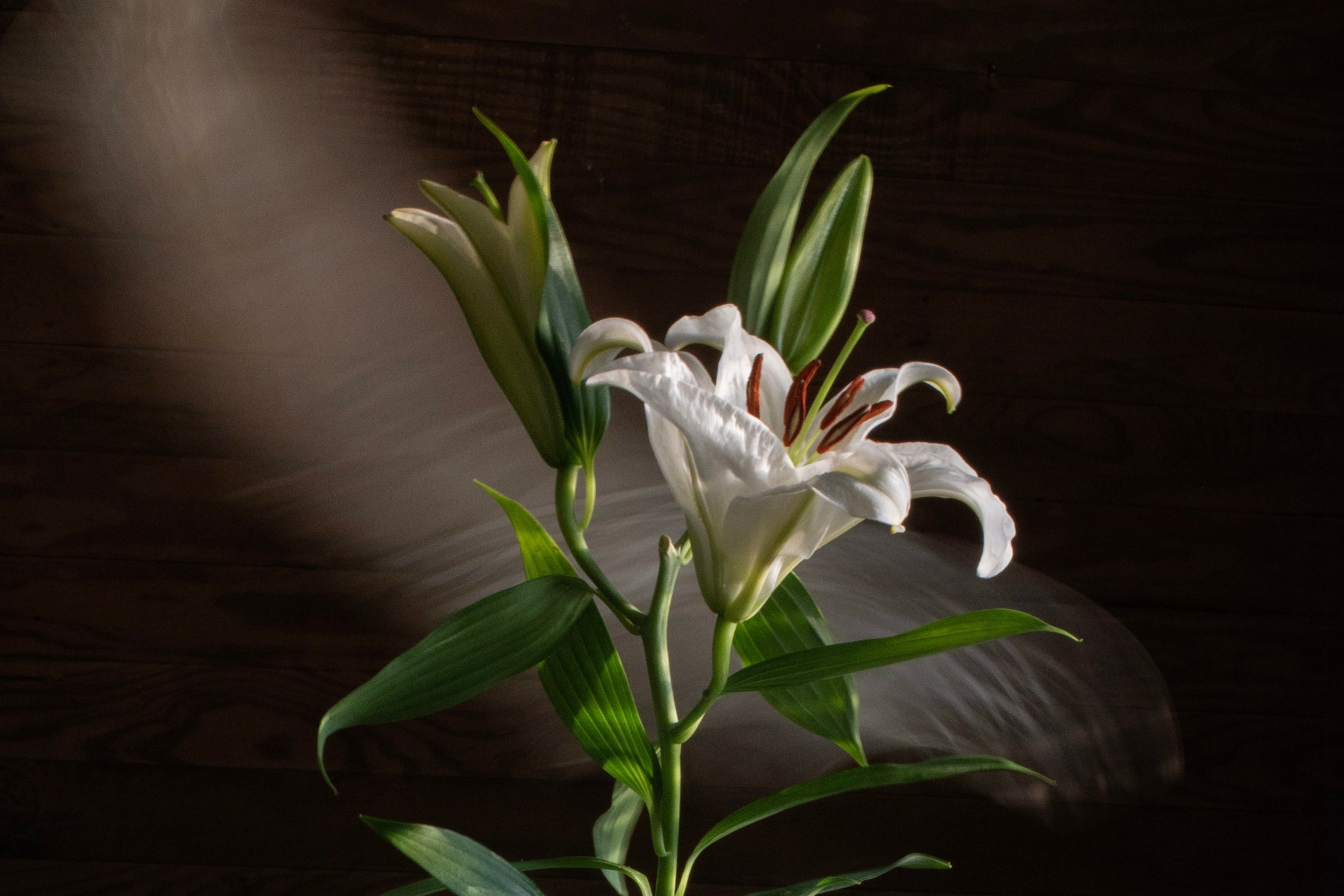
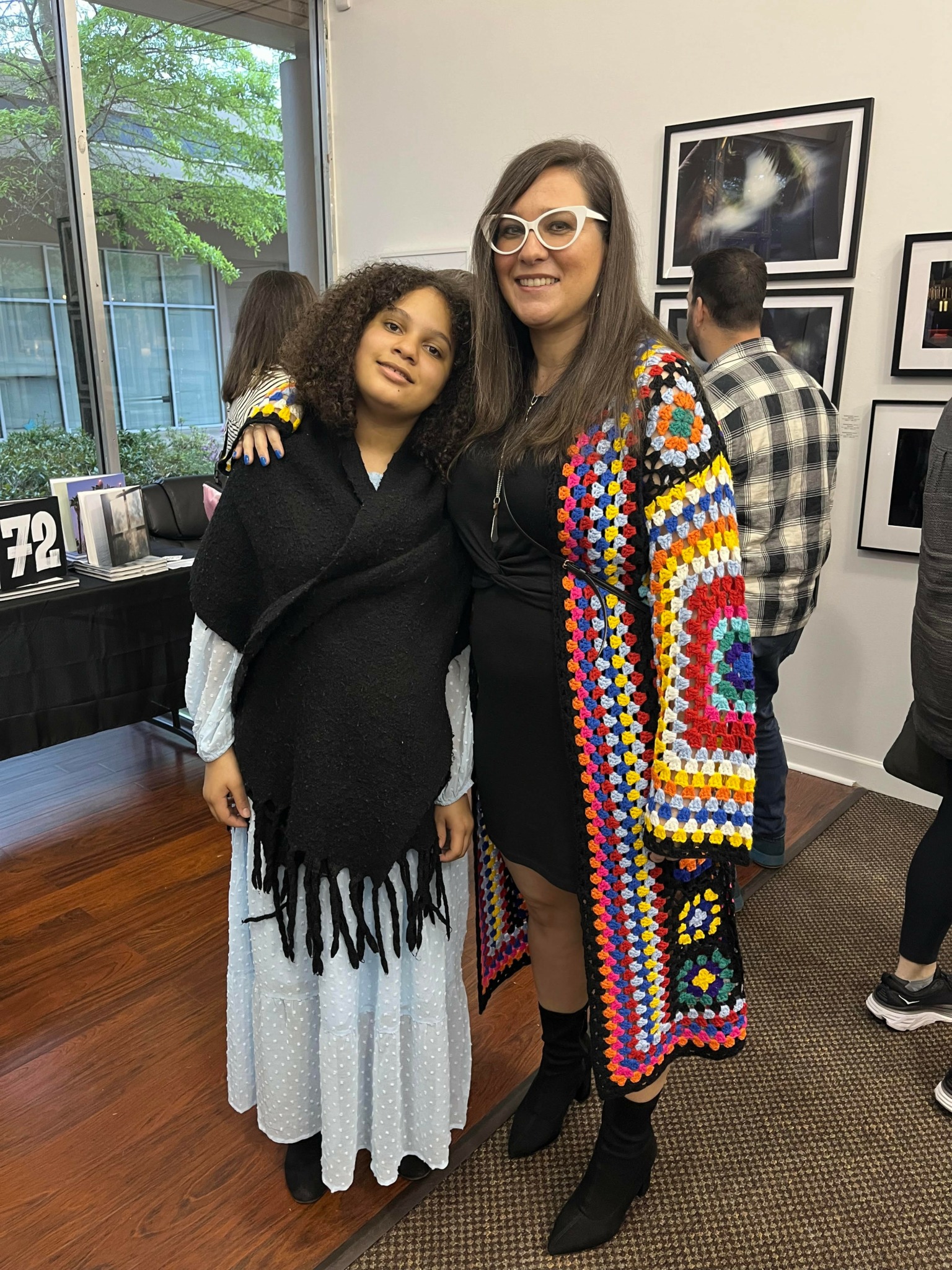
What do you find most rewarding about being a creative?
The most rewarding part of being an artist is the flow of emotions, both the output and the input. Most artists, I find, observe the world and feel the intensity of the world in a way that can actually be quite damaging if not released. So the act of releasing everything that is building up inside is actually very freeing and helps you to process what is happening both to you and around you. And the input of feedback when that work speaks to others or helps others in some way, provides a sustaining upliftment. There is a constant flow of releasing the negative and receiving the positive and I find it to be very healing and actually necessary for my existence.
Contact Info:
- Website: http://www.stephaniehanlon.com/
- Instagram: https://www.instagram.com/literary.lens.film/
- Facebook: https://www.facebook.com/literarylens/
- Other: https://www.instagram.com/literary.lens/
